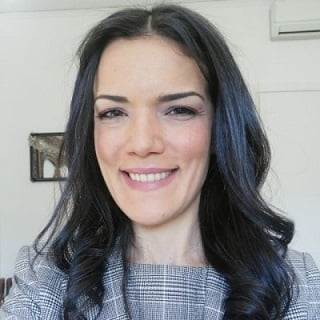Focus on Oral Problems of the Elderly
A special issue of Applied Sciences (ISSN 2076-3417). This special issue belongs to the section "Applied Dentistry and Oral Sciences".
Deadline for manuscript submissions: closed (30 January 2024) | Viewed by 5089

Special Issue Editors
Interests: implantology; bioengineering; stem cells; hemocomponents
Interests: oral medicine and interconnected systemic disorders; oral microbiome, dysbiosis and interconnected systemic disorders; periodontology and implantology; applied technologies (disease prevention, teledentistry, machine learning in dentistry education)
Special Issues, Collections and Topics in MDPI journals
Special Issue Information
Dear Colleagues,
We are inviting submission to this Special Issue on the “Focus on Oral Problems of the Elderly” in various dental research fields.
Human life expectancy has increased dramatically. United Nations studies show that the percentage of the global population aged 60 years or over increased from 8.6% in 1980 to 12% in 2014 and is projected to rise further to 21% by 2050. ‘The Greying of the Nations” was a common phrase that described the process of a significant worldwide increase in the population, a large proportion of who are older adults. Consequently, there is now a global concern about how to maintain the quality of life for this ever-increasing elderly population and to reduce the socio-economic burden related to the prevention and treatment of age-related disorders and conditions and to the averall elderly care.
Older people are at higher risk of infectious, chronic multi-factorial and neoplastic diseases, both primarily and secondarily involving soft and hard tissues of the mouth and putatively relying on systemic inflammation, immune-microbiome unbalance, and genetics. A deeper insight into the etio-pathogenic pathways underlying oral and periodontal diseases in elderly and oral manifestations of age-related systemic disorders may improve their early detection and inter-disciplinary management, positively affecting oral and general health, oral health-related quality of life, morbidities, and healthcare costs.
Particularly welcome will be studies, from basic to clinical research, and reviews that in all dentistry fields would improve knowledge about prevention and treatment of oral diseases and conditions of the elderly, aiming to achieve a good quality of life also reducing morbidities.
Dr. Roberta Gasparro
Dr. Federica Di Spirito
Guest Editors
Manuscript Submission Information
Manuscripts should be submitted online at www.mdpi.com by registering and logging in to this website. Once you are registered, click here to go to the submission form. Manuscripts can be submitted until the deadline. All submissions that pass pre-check are peer-reviewed. Accepted papers will be published continuously in the journal (as soon as accepted) and will be listed together on the special issue website. Research articles, review articles as well as short communications are invited. For planned papers, a title and short abstract (about 100 words) can be sent to the Editorial Office for announcement on this website.
Submitted manuscripts should not have been published previously, nor be under consideration for publication elsewhere (except conference proceedings papers). All manuscripts are thoroughly refereed through a single-blind peer-review process. A guide for authors and other relevant information for submission of manuscripts is available on the Instructions for Authors page. Applied Sciences is an international peer-reviewed open access semimonthly journal published by MDPI.
Please visit the Instructions for Authors page before submitting a manuscript. The Article Processing Charge (APC) for publication in this open access journal is 2400 CHF (Swiss Francs). Submitted papers should be well formatted and use good English. Authors may use MDPI's English editing service prior to publication or during author revisions.
Keywords
- oral diseases
- elderly
- oral infection
- oral cancer
- age-related disorders






